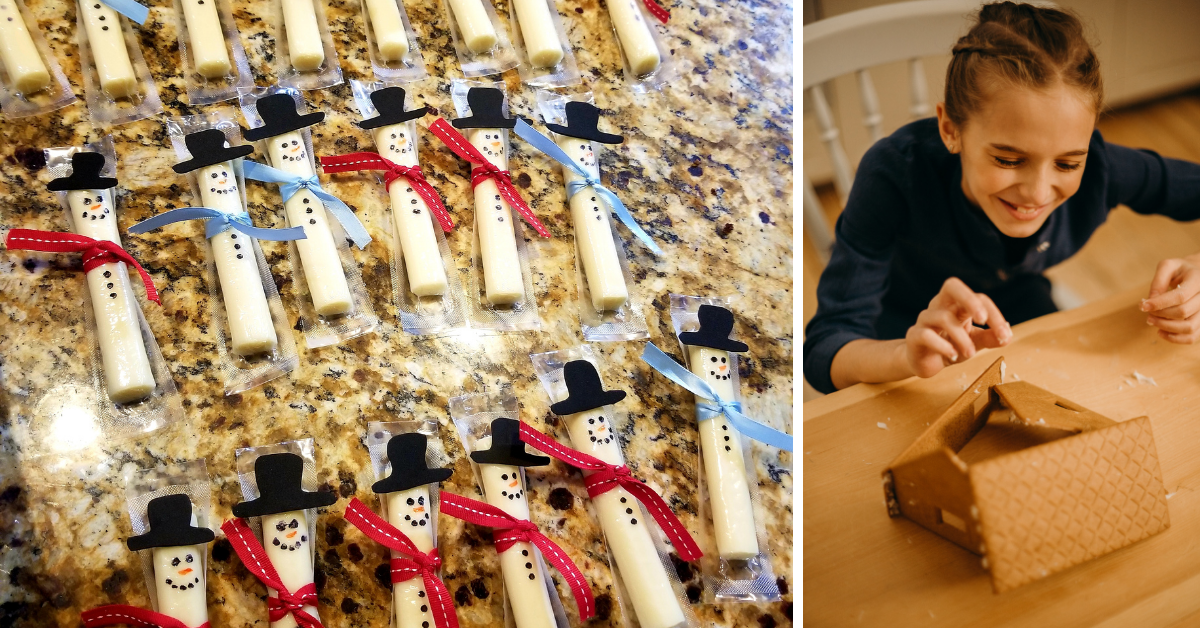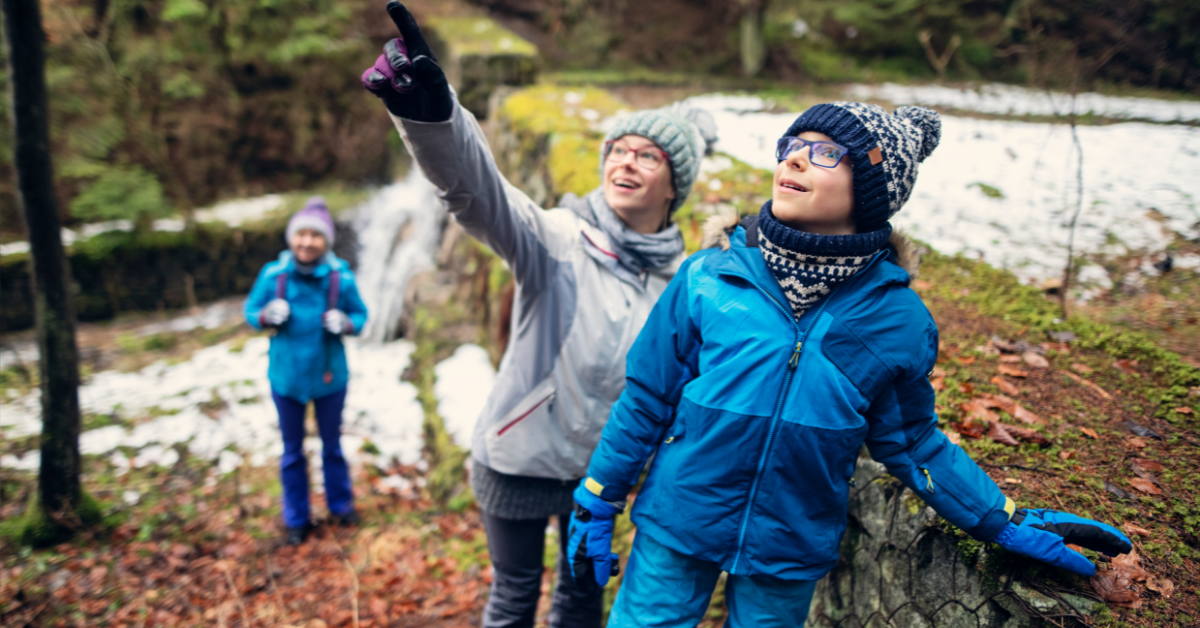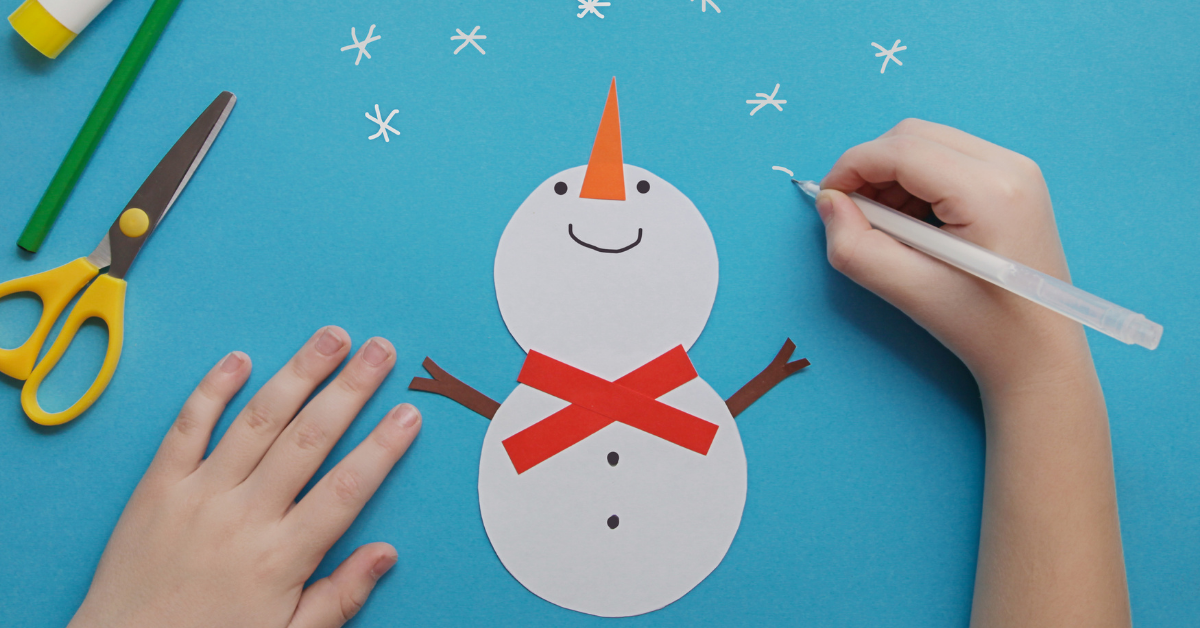Winter is a wonderland of opportunities for family fun. But there’s a way it can be educational, too. There are a ton of enriching activities that are kid (and parent) friendly to make sure that even during the weekends and holidays, through remote learning or snow days, your child is constantly learning and building on valuable life skills.
What are some good recipes for your child to learn? What are some art projects and science experiments they can perform at home? What are some events occurring this winter that you can incorporate into your family itinerary? Answer these questions and you can create a nurturing environment for your child this winter.
Kid-Friendly Cooking Exercises
Cooking is one of the best indoor winter activities. It helps children learn about nutrition and practice various motor skills. When cooking is done in small groups, children learn how to share objects and take turns.
If your child is new to cooking, you can start with some basic recipes. They can make a snowman on a stick by putting banana slices on a stick. They can put raisins on the top slice for eyes and a piece of carrot for a nose.
Savory recipes include a cheese snowman. Keep it simple with a cheese stick or use three scoops of cottage cheese to serve as the body, with raisins as the eyes and a carrot as the nose.
As time goes on, you can give your child more complicated recipes. Graham cracker gingerbread houses are classic recipes to prepare during the winter. You can also prepare vegetable stews with them for dinner.

Arts and Crafts for Snow Days
Many educational winter activities can relate to arts and crafts. Not only do the arts offer an opportunity to practice hand-eye coordination and composition in art, but they also get a chance to leverage a creative outlet for self-expression.
You can ask them to paint a snowman or their backyard. If they like to write and paint, you can have them make a series of paintings and write a story to connect the paintings together.
Murals are a great collaborative project. You can ask your child and their friends to make a winter mural with their favorite winter things on it. This helps them learn how to conserve space and work as a team on a creative project.
Another activity to consider might be to build a penguin. You can take a clear plastic bottle, paint it white, and glue black felt onto it, creating a fur coat and wings. You can then attach a beak with orange felt and googly eyes.
Learning in Nature’s Classroom
The fluctuating weather conditions of winter provide great opportunities for science education. Your child can learn about the weather and Earth science through some basic activities.
They can keep a journal about when it snows and/or becomes cold. Visual learners can create sketches or take photographs of the weather outside.
Observing nature is a good indoor activity you can transfer to an outdoor activity. You can go outside with your child and watch the snow. You can collect snow samples or mounds of ice and analyze them.
Take the opportunity to have a conversation with your child about nature. You can ask them questions about where they think animals have gone. This helps them relate several scientific concepts to each other.

Easy-To-Do (and Clean) Science Experiments
Science experiments offer numerous outdoor winter activities. You can combine the arts and the sciences easily, letting children who prefer one of the two learn more about the other. Making an ice wreath helps your child learn about freezing points and color arrangements.
Have your child put some natural items such as fruit slices in a Bundt pan. Fill the pan with water, put the ends of a ribbon into it, and leave it outside to freeze. You can then remove the wreath and hang it from a tree by its ribbon.
If your child wants something a little less elaborate, they can make hanging crystals. They can fill jars with hot water and mix some bicarbonate soda into them.
They can then insert one end of a piece of wool into each jar and leave the jars in place. As time goes on, crystals will grow on the wool and hang down like icicles.
Enjoy the Winter Olympics (from Home)
The next Winter Olympics takes place in February of 2022 and the Winter Paralympics are in March of 2022. Take advantage of the upcoming events and base some winter activities for kids around them. This not only hones an appreciation for current events but inspires a sense of cultural appreciation.
You can start your own Winter Olympics in your house. You can take some fun winter activities and turn each of them into an event. You are not limited to athletic events. Find books to read to your child about the Olympics to hone their reading and writing skills. Or feel free to have events for arts and crafts and science experiments.
You can even turn chores into an Olympic event. Redesign the Olympic Rings or create appreciation signs to root for your favorite hopefuls.
Finding Activities for Winter Fun
There are many winter activities you can use to educate your child. You can stay indoors and teach your child how to prepare healthy meals. Your child can do art projects that help them process their emotions. When your child wants to go outside, they can make observations about nature. They can also concoct science experiments. Running a Winter Olympics in your home lets them do a bit of everything.
About Eagle Hill School
Eagle Hill School is a private school for students with learning differences located in Greenwich, Connecticut. Their academic program is designed to help students struggling with learning differences like auditory processing disorder, dyscalculia, dyslexia, ADHD, executive functioning disorder, and dysgraphia. Specialized remedial learning programs are taught by experienced teachers who help students navigate through learning challenges, preparing them for bright futures ahead. Contact us to learn more.


